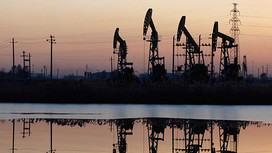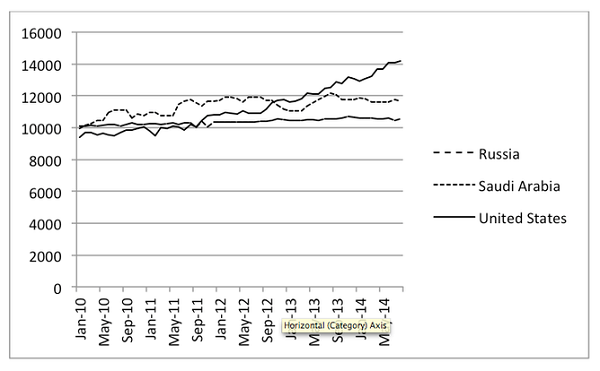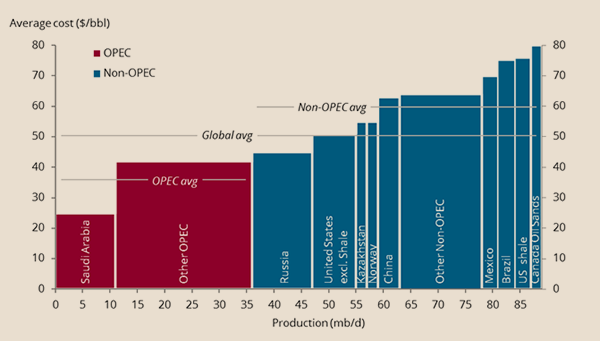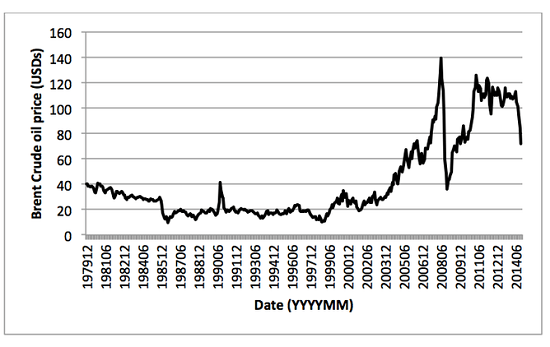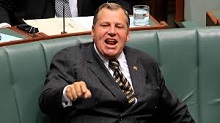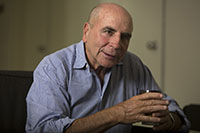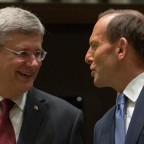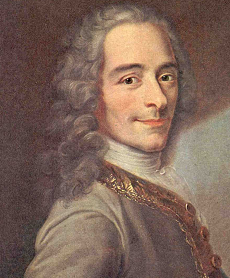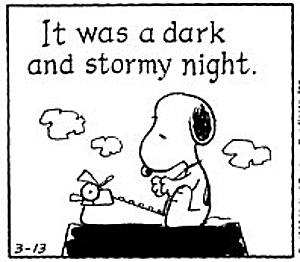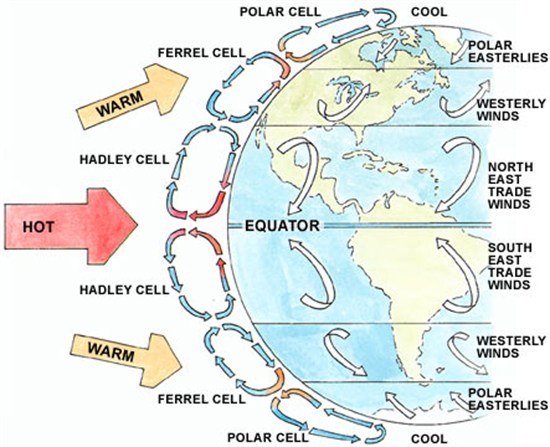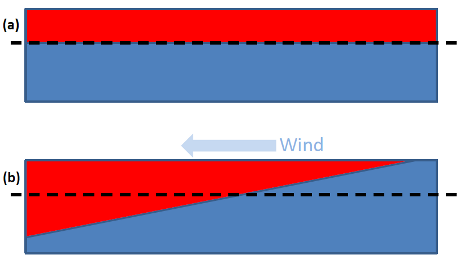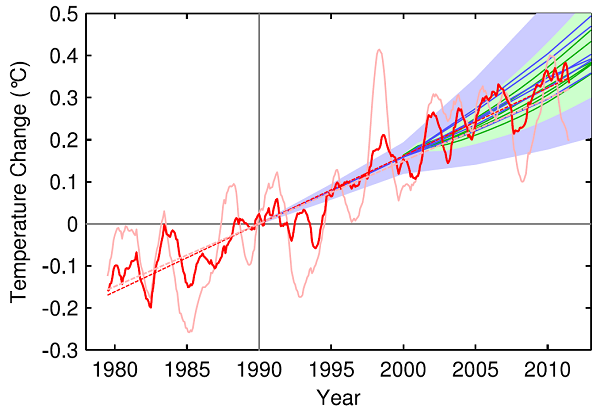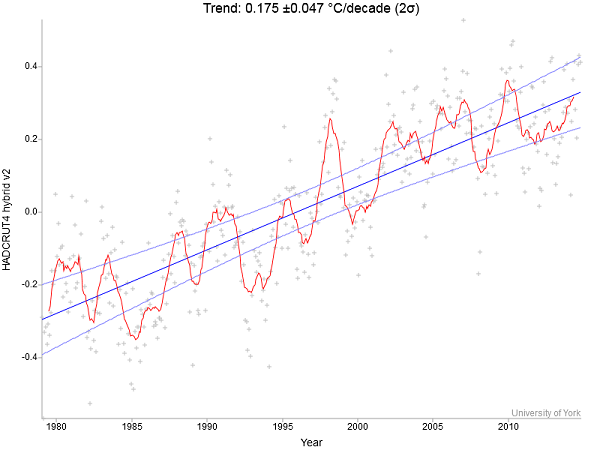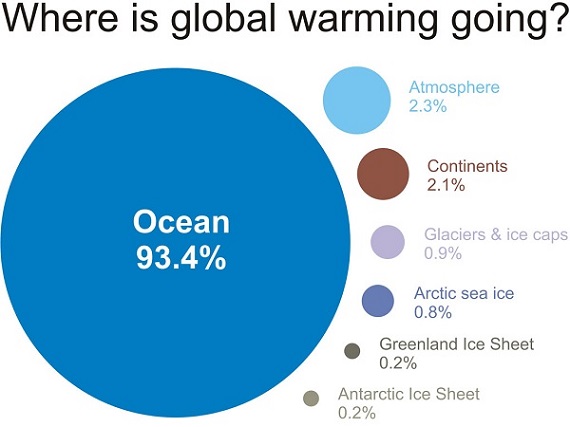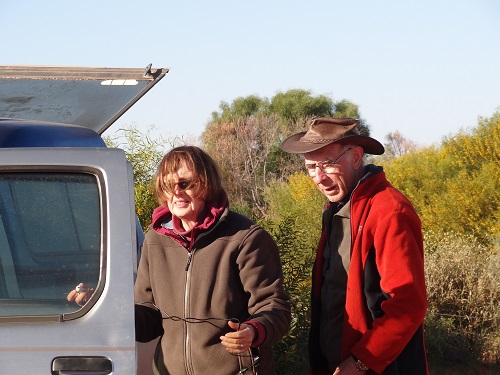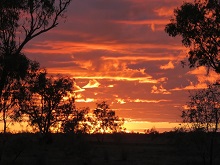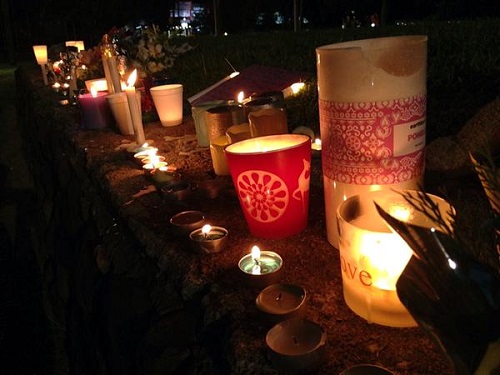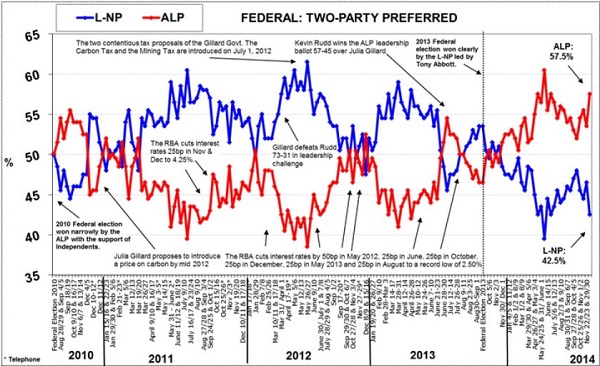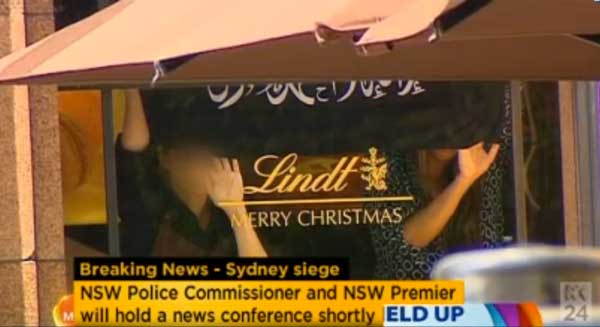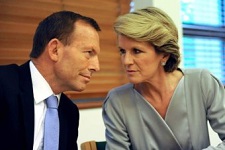
Would you believe Abbott has made 16 changes in all. Three barnacles have been dropped to the bottom of the ocean – Arthur Sinodinos, the already benched Assistant Treasurer, Defence Minister David Johnston and Brett Mason, Parliamentary Secretary to the Foreign Affairs Minister.
Some have had their role expanded. Ian Macfarlane is now Minister for Industry and Science; Christopher Pyne is now Minister for Education and Training.
The big movers are Kevin Andrews from Social Services to Defence, Scott Morrison from Immigration and Border Protection to Social Services, Peter Dutton from Health to Immigration and Sussan Ley from Assistant Education Minister to the cabinet post of Minister for Health and Sport.
Also Josh Frydenberg scored the Assistant Treasury ministry, whereas Hockey’s pick, Steve Ciobo, got a sideways flick as Parliamentary Secretary from Treasury to Foreign Affairs and Trade and Investment. Ciobo has been replaced at Treasury by newbie Kelly O’Dwyer.
Mungo MacCallum sees it as rearranging the deckchairs on the Titanic as the ship founders on. Scott Morrison, he says, now has “an opportunity to prove that he can be as brutal with welfare recipients as he has been with refugees.”
Paula Matthewson thinks the reshuffle is built on paranoia rather than progress.
Tony Abbott’s ministry reshuffle may appear to be a reset in preparation for 2015, but in reality it is more about the PM’s paranoia and tenuous leadership than it is about his Government’s rejuvenation.
For example, the Victorian young guns have been rewarded to quell their noisy agitation over Peta Credlin.
Julie Bishop has lost a friend and fellow West Australian in David Johnston.
Scott Morrison, she thinks, has been given a poison chalice, “a way for Abbott to push through one of his toughest reform agendas while also reducing the appeal of one of his competitors.”
The future is not bright for Kevin Andrews and Peter Dutton:
Kevin Andrews’ move to Defence will likely see him begging to be let go by the next election, for the Department is known for chewing up and spitting out their civilian “masters”. The future doesn’t look particularly rosy for former Health Minister Peter Dutton either. Dutton may be a retired policeman but it’s difficult to see him bring the same steely resolve that served Morrison so well in the Immigration and Border Protection portfolio.
Overall:
Prime ministers usually reshuffle their ministry to provide a fresh aspect on their government while hopefully also evoking a sense of stability through the regeneration. But with one or two exceptions, like the promotion of Ley, Abbott’s reshuffle is characterised by concessions to antagonists, throwing competitors in the deep end, and leaving the deadwood to atrophy.
Norman Abjorensen takes a somewhat similar view. The big threat, he thinks, is from Julie Bishop. A familiar scenario is taking shape in Canberra:
It runs like this: persistently poor polling for both the prime minister and the government creates anxiety over the next election, especially among those in vulnerable seats; a path is beaten to the door of the hitherto loyal deputy leader, who just happens to be a woman; the message is blunt: you have to challenge or we are gone.
Hockey, he says, is no longer a threat:
Then there is Treasurer Joe Hockey, who was once laughably seen as a future leader, and is shown in the polls as the most unpopular minister and as the least regarded treasurer in the past 40 years. He is a poor communicator – always ready to deflect a hard question with a smirk or a sneer rather than an answer – who has palpably failed in framing a budget that he is unable to negotiate through parliament. This violates the cardinal rule of politics: that it is all about the art of the possible.
Abbott, he says, is moving from a position of weakness, so the changes are essentially minor. He couldn’t undertake a big call like sacking Hockey, which at least one powerful member of the business lobby has privately advocated.
I’m staggered that Social Services is considered a key economics ministry. We know that is where the most money is spent, and certainly the Minister gets to join the so-called Razor Gang.
Andrews to Defence is, I think, a clever move. Abbott no doubt wants to run defence, with a white paper and submarine contracts on the go. Also Matthewson is probably right in that Andrews will beg to be released after a year, allowing another reshuffle.
From these reactions it is clear that leadership speculation, much loved by the media, has begun in earnest and will continue unless Abbott can turn the polls in his favour. Meanwhile his attention has been drawn to his own office, with leaks, shuffling staff and concern about communication strategy.
Update: Tim Dunlop has done a great piece on the reshuffle. He reckons it’s
like changing who wears which colour skivvy in the Wiggles: it doesn’t make any difference, and they all end up singing the same old tunes.
Tony Abbott is still the Prime Minister. Joe Hockey is still the Treasurer. They are still committed to their budget and its underlying philosophy of market liberalism and a wholesale attack on the pillars of the welfare state.
Let’s focus on that, not which Wiggle is wearing which skivvy.

